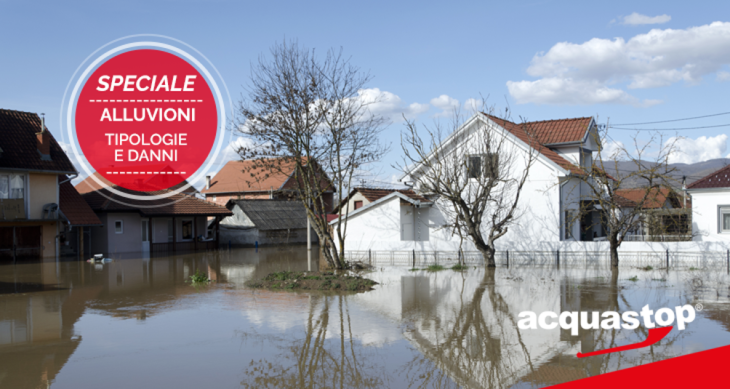In many areas, the risk of flooding is rising, and the harm it does is always significant. While the issue is widespread throughout Europe, it is particularly concerning in Italy because of the country’s unique territorial configuration, poor upkeep of its hydraulic infrastructure, and unplanned urbanisation.
The topic is very broad because there are many different ways that climate change has affected the area, particularly the Italian territory. This article will only focus on a few of these scenarios and evaluate their impacts.
We can say that today’s risk zones are more extensive than they were in years past because many streams and canals, which in the past never posed a threat to buildings and nearby land, are now unable to hold back the significant amount of water that is poured onto the ground by these new, intense rainfalls concentrated in a short period of time. The same is true of sewer networks and drainage canals. Around residences, these intersections cause roadways to erupt into genuine torrents.
Since sea levels are rising and storm surges can now push inland with more force, coastal areas are also at higher risk today.

These occurrences generate various types of flooding; in some, the water level may rise gradually, whereas in others, due, for instance, to a watercourse overflowing or a sewer system breakage, the level may rise swiftly.
Another aspect to consider, again in relation to the nature of the flooding, is the movement of the water. Slow or rapid level rises may or may not be accompanied by waves, which can have significant energy and be challenging to contain.
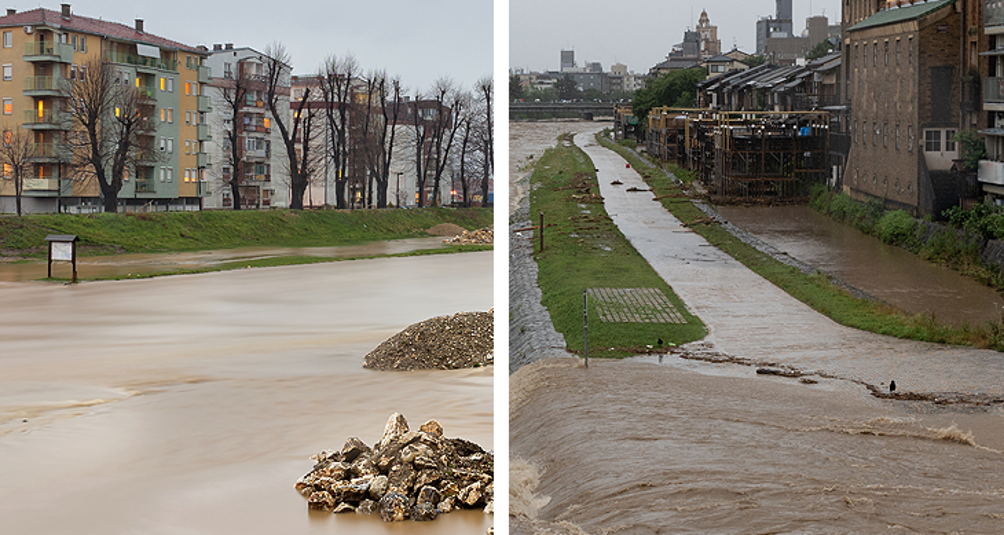
Sudden flooding:
Heavy rains, river floods, or landslides that force levees or dams to fail can all result in this kind of flooding. In these situations, the water rises swiftly and carries a great deal of debris.
Coastal flooding:
This occurs as a result of rising tides and sea levels, especially during storms or hurricanes. This type of phenomenon is concerning because of the force with which the waves strike buildings in addition to the rise in water level.
Flooding from submersion:
This happens when water seeps into a space, like a cellar or a basement, which, in worst-case scenarios, results in the entire building flooding.
Lowland flooding:
This occurs due to water building up in a flat area that cannot adequately drain excess water. The water level slowly rises but lingers for a very long time.
Urban flooding:
This happens as a result of urban facilities like sewage systems and roads being unable to handle the flow of extra water during heavy rainfall. Because it contains dangerous bacteria and viruses, parasites, and chemical poisons and has the potential to grow mould and other fungi, sewage water poses a significant hazard to human health.
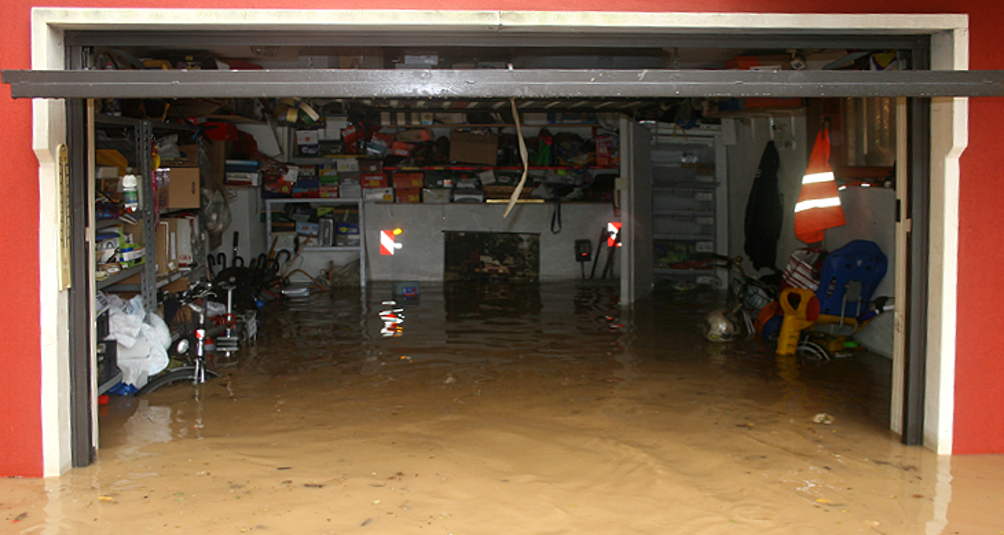
Private or commercial property can sustain severe damage from even a few centimetres of flooding. The damage may be irreparable depending on how quickly the water recedes and how long it takes to reclaim the area.
Damage to structures:
Water can seep through floors, ceilings, and walls, causing mould growth and structural damage.
Damage to electrical systems:
Water can damage electrical circuits and cause short circuits, which are hazardous to safety.
Damage to furniture:
Furniture may warp or rot due to contact with water, making it unusable.
Damage to fabrics:
Water can cause fabrics like carpets, drapes, and upholstery to warp or rot, destroying them and making them unusable.
Damage to health: Health issues, including headaches, eye discomfort, and breathing problems, can be brought on by mould and bacteria that develop due to the water.
Flooding is always a serious and detrimental event. Even if it is minor, the economic damage is significant, and furnishings like carpets or parquet floors are immediately compromised. However, we must especially consider the medium- and long-term effects because the water is never completely eliminated but instead permeates the walls and stagnates beneath the flooring, discolouring the surfaces and causing even the most durable flooring to deteriorate.
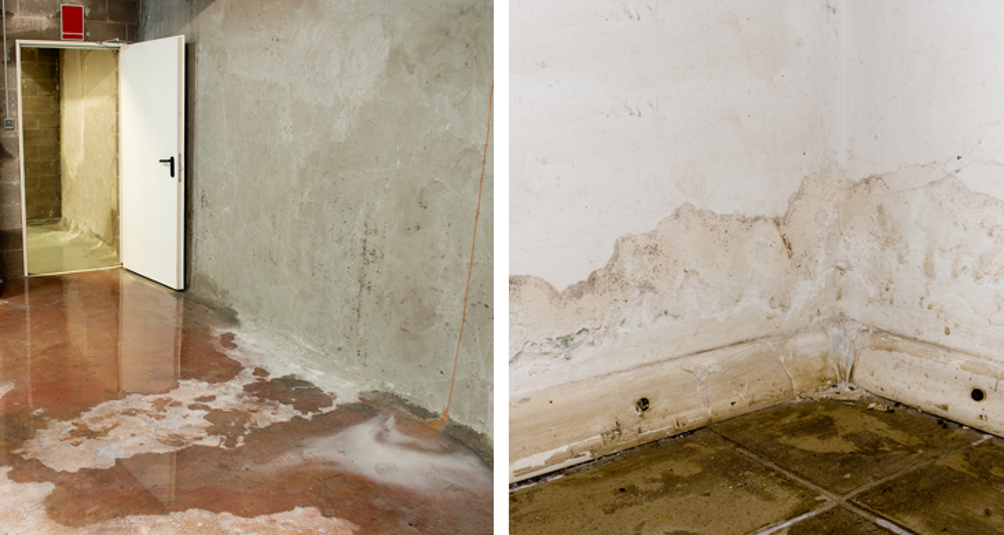
In addition to the economic damage, harm to health must also be seriously considered, as the incoming water contains dozens of harmful substances, billions of micro-organisms, bacteria, and larvae that persist for long periods of time and infiltrate everywhere.
In fact, we must consider that the water is no longer rainwater but rather water from drainage ditches and sewers. As a result, it may be contaminated with bacteria like Shigella and Salmonella, which can cause fever, diarrhoea, and gastrointestinal infections. It may also encourage the growth of moulds and fungi, which can cause headaches, eye irritation, and breathing problems.
In some cases, water can be contaminated with toxic substances such as cleaning chemicals and detergents that can irritate the skin and mucous membranes and act as a vector for animal-borne diseases such as leptospirosis.
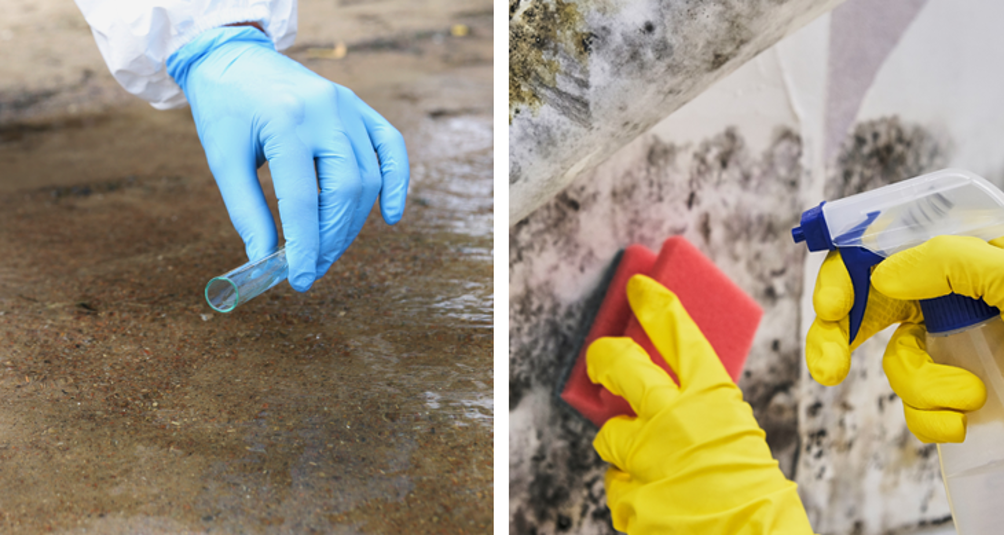
Cleaning up a flooded area requires appropriate precautions to protect health and prevent further contamination. The first thing to do is to try to evacuate the water as rapidly as possible using pumps and vacuum cleaners while donning protective gear, including gloves, masks, and goggles to prevent contact with water.
Once the water has been removed, the room must be cleaned and disinfected with chlorine solutions or other disinfectants. All materials and items that have come into contact with water must be removed, cleaned, or properly disposed of.
Before moving in again, it is important to monitor the air quality, especially if there are young children or elderly residents
For more information:
www.isprambiente.gov.it (map of the population at risk of flooding)
www.isprambiente.gov.it (map of buildings at risk of flooding)

